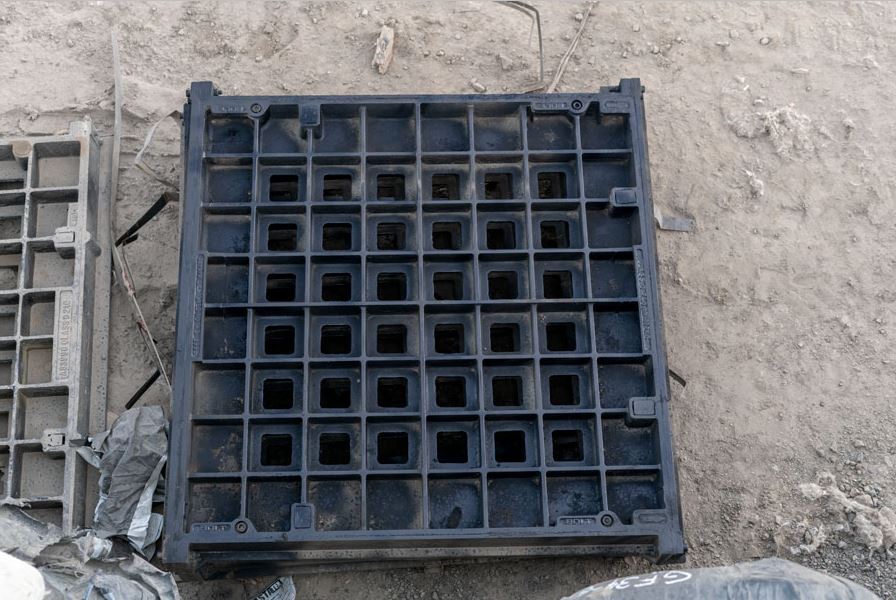How to use a Gas and Airtight Covers lifter

How do Gas and Airtight Covers lifters work?
Generally speaking, Gas and Airtight Covers access covers require a unique lifting key. There are exceptions; some covers are spring-loaded to allow for regular access, but most need a special Gas and Airtight Covers key. These custom lifting keys, also known as ‘pit lid lifters’, are implemented to stop vandalism or improper use, ensuring that only those who are qualified and authorised can conduct work on a Gas and Airtight Covers access cover.
Not everything below will apply to every Gas and Airtight Covers cover, especially since (as mentioned above) some of them do not even require lifting keys. That being said, the following should form a rough baseline of how to safely use a Gas and Airtight Covers lifting key, regardless of the cover's model.
What you need
Whether you are working with an E600 or an F900 Gas and Airtight Covers lid, safety will always be vital. Before any work gets underway, you must make sure you use steel-capped shoes and possess all of the necessary equipment. This does not stop at the lifting keys themselves but can also include a spanner and even a couple of pipes wider than the cover being lifted.
How to use a Gas and Airtight Covers lifter
Once all equipment and safety procedures are accounted for, you can begin the work itself. First and foremost, you have to remove the keyhole plugs and clear any obstructions so you can correctly insert and activate the key. It would also be beneficial to remove any dirt in the immediate vicinity, as this will allow you to safely and practically deposit the cover once it is removed.
For some covers, a special seal needs to be broken before the cover can be removed – using a long-handle lifting key for this is possible but carries some risk of damage if utilised as a lever. Typically, a jacking screw affixed to the lifting key can do this task – and this comes standard with short-handle lifting keys.
You are now ready to insert the two long-handle lifting keys into each appropriate slot, whereupon you must quarter-turn the handle of the lifter towards you. To prevent it from slipping out, you then secure the latch onto the key handle. Now the keys are inserted, apply pressure on the handles by leaning back on them. This should cause the cover to lift to a moderate degree - throughout this, make sure your knees are bent and that your back is straight.
Depending on the make, you could slide the cover out easily for convenient access. As some covers are less generous, they need a pipe to be slotted underneath the cover for additional slack. In this case, it does not hurt to add a second pipe as this can make the process even easier.
Of course, some covers can be much trickier to access. For example, if your lifting key cannot engage the cover’s keyhole, then a nut might need to be tightened on the key’s jacking screw. In addition, the weather could pose an issue – if the cover somehow manages to freeze over, you may need to employ additional force with a hammer to clear it.
In addition, if an access cover has been corroded by time, then components of the cover might fuse, in which case a more drastic solution is required. This involves soaking the cover’s joint in oil and waiting at least a day, or several days if this is possible. Afterwards, use the jacking screw on the short-handle key to lift the cover.
Order a Gas and Airtight Covers lifter today
To conclude, Gas and Airtight Covers lifters are relatively simple in their operation. For most access covers, it's a case of just slotting them in and keeping a good stance.
With branches all across Australia and even New Zealand, Jaybro is devoted to helping infrastructure workers meet their supply needs. We boast a four-hour delivery time, as well as a competitive price-beat guarantee. Take a look at our range of pit keys here or call our team to find the equipment you need for your latest project.
 Sign In
Sign In 

